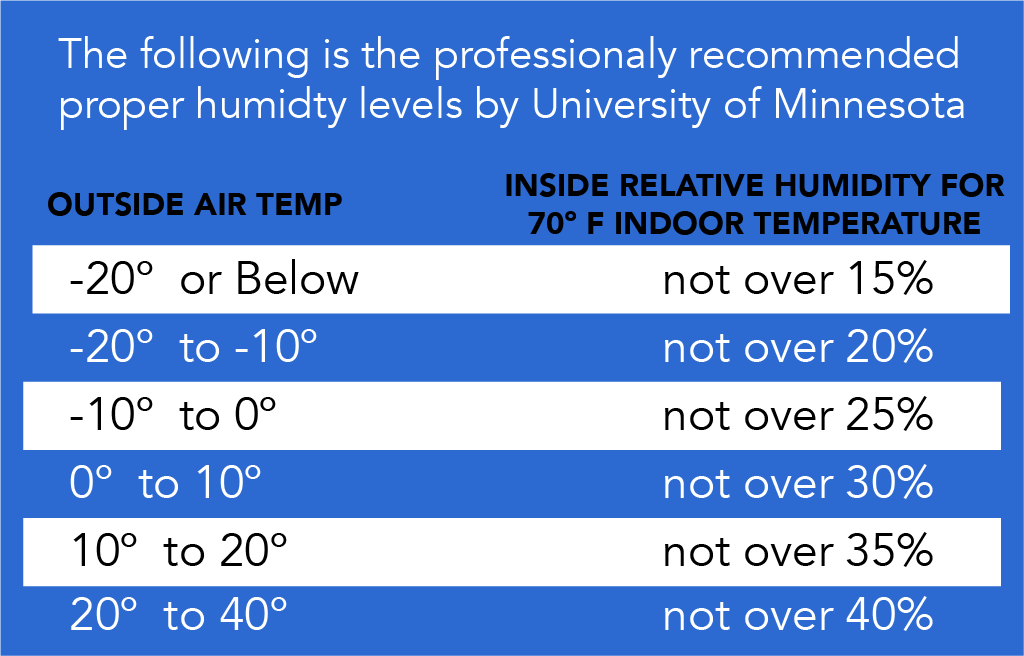Winter Condensation help
Licensed, Bonded, and Insured | Free Estimates | Financing Options Available
Licensed, Bonded, and Insured
Free Estimates
Financing Options Available
CALL OR TEXT 612-722-0965
Winter Condensation Help
Minnesota definitely has some crazy winter weather. Under certain conditions, it can create the illusion of a leaky roof, but in actuality the culprit is condensation and not a leak in your roof. We created this page as a resource to help clarify what's really going on and what measures you can take to help avoid excess condensation in your home.
As a general rule: If your roof didn't leak with the rains in the summer and fall, it's not a roof leak in the winter or spring.
Our friends at Structure Tech do a great job explaining what and why it appears you have a leak as well as preventative measures you can take.
It's must watch
HOw Attic condensation happens:
Condensation typically occurs during the winter and early spring months. Attic condensation happens when warm, moist air from the main living area rises into the attic. Because cold air holds less moisture than warm air, when that moist, warm air hits the cold underside of your roof’s deck, condensation occurs and when temperatures are very cold it forms frost. This frost continues to accumulate. When temperatures start to warm up or when the sun comes out for an extended period of time, the frost melts and turns back into liquid, making it seem as though you have a leak.
The first thing you'll want to do is reduce the moisture in your home.
How to Reduce Moisture:
- Reduce sources of water evaporation where you can (bathing, cooking, humidifiers, etc.).
- Run bathroom exhaust fans for 60 minutes after every shower or bath; this is how long it takes to get indoor humidity levels back to normal. Just running a fan while taking a shower doesn't do much.
- If you have a kitchen exhaust fan, use it while cooking. Ovens generate a lot of moisture.
- In winter, temporarily open windows just a little to allow warm moist air to leave the home and also allow cold, dry air to come in.
- For a short-term fix you can put a dehumidifier in your attic, but understand that you may be emptying it multiple times a day.
Other measures to Prevent Condensation in attic:
- The best way to prevent frost accumulation in an attic is to seal off attic air leaks. Make sure proper air sealing is performed in attic bypasses, vents and fans. Proper air sealing will minimize the heat & moisture that seeps into your attic when your furnace, dryer, oven, shower, etc. is running
- Insulation should only be added after air sealing has been performed. If insulation is added without proper air sealing, it can make the situation worse. If it’s not in the budget to do both, then just have the air sealing done.
- Make sure your exhaust fans are vented outside (not into the attic)
- Make sure your HVAC system is balanced
- If your heating ducts run through your attic, make sure the ducts are properly insulated
Video Animation of What's Actually Happening with Winter "Leaks"
Recommended Moisture Levels in home:





Share On: